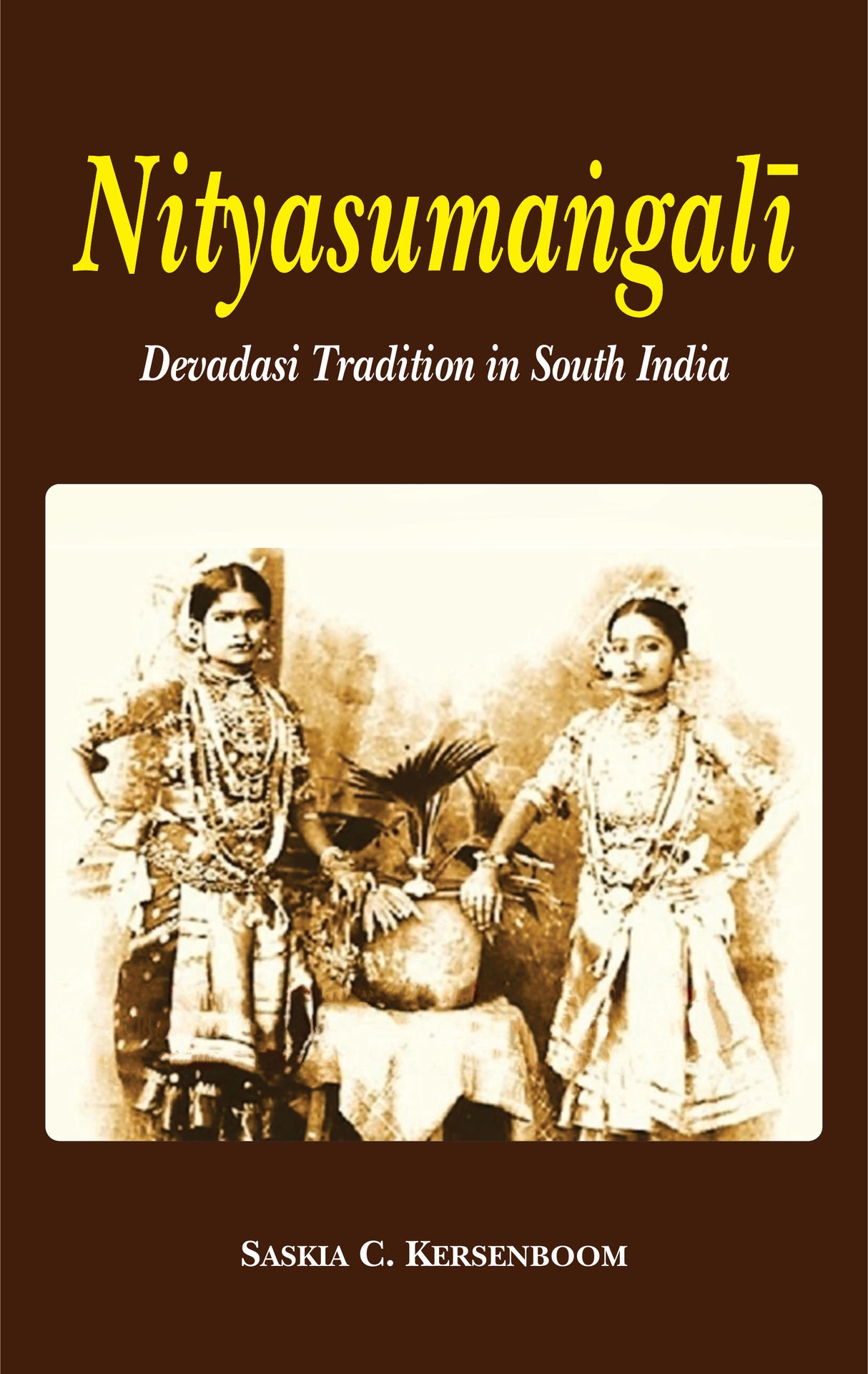Nityasumangali: Devadasi Tradition in South India
Nityasumangali: Devadasi Tradition in South India - Hardcover is backordered and will ship as soon as it is back in stock.
Couldn't load pickup availability
The phenomenon of the devadasi has suffered greatly from faulty, culture-bound evaluations. The present monograph does not aim at judging these earlier evaluations, nor does it claim to give a 'truly objective' description of what the devadasi tradition was; it rather tries to follow the inherent mode of thought, namely, what the devadasi tradition meant within the frame of Hinduism, and its transformation into a living cultural phenomenon functioning significantly in the context of the Hindu tradition. In this attempt the author has first investigated the concept of the devadasi as found in the cultural history of South India; especially of Tamilnadu. Hereafter the function and form of the devadasi tradition are examined within the Temple Ritual of Tamilnadu. Data from Sanskrit Agamas, commentaries, Tamil sources, informants accounts and from the actual repertoire of the devadasi s have been woven into a coherent structure. Finally, it is the devadasi herself, as a ritual person, who is the most significant marker of her tradition. The rites of passage that transform an ordinary girl into a devadasi, her wedding and artistic training and her funeral honours are described in the last chapter. In short, this is not the study of the fact of the devadasi tradition, but of its meaning and the mode of production of that meaning.
About the Author:
Dr. Saskia C. Kersenboom (born February 1953 Utrecht), The Netherlands) is an Associate Professor of Theatre Studies, University of Amsterdam. She studied Indology at the University of Utrecht. She obtained her PhD in Dravidology under the guidance of Prof. K.V Zvelebil. She is trained in Classical Bharata Natyam by Mrs Nandini Ramani and studied Karnatic vocal music with Shri B Krishnamoorthy.
Reviews:
"Kersenboom-Story has herself been schooled in Bharata-Natyam, the form of dance associated with devadasis in the temples of the Tamil country, and thus has an insider's perspective on some central devadasi performance traditions." --Religious Studies Review, Vol. 20, Number 4, Oct. 1994
"It goes to the credit of the author that she has supplemented and correlated the material on the devadasi tradition culled from literary sources with information collected from the living tradition. The book is thus a valuable addition in the field of temple worship in South India and also a contribution to sociological studies allied to this tradition." --K.V. Sarma, Book Reviews
"Through the study of devadasi participation in temple rituals, devadasi repertoire, and rites of passage, Kersenbook-Story reveals the meaning and significance of the nityasumangali, for the Hindu tradition before the breakdown of this mythico-poetical universe. She provides a detailed analysis of the role of the devadasi in both the daily and festival temple rituals based on Sanskrit manuals, inscriptions, and informants' accounts. This fine work truly brings to light the concept of the nityasunangali and the significance of the devadasi as a representative of this element in Hindu culture." --Kay K. Jordan, The Journal of Asian Studies, Feb. 1990
-
Pages
-
Edition
-
Size
-
Condition
-
Language
-
Weight (kg)
-
Publication Year
-
Country of Origin
-
Territorial Rights
-
Reading Age
-
HSN Code
-
Publisher




